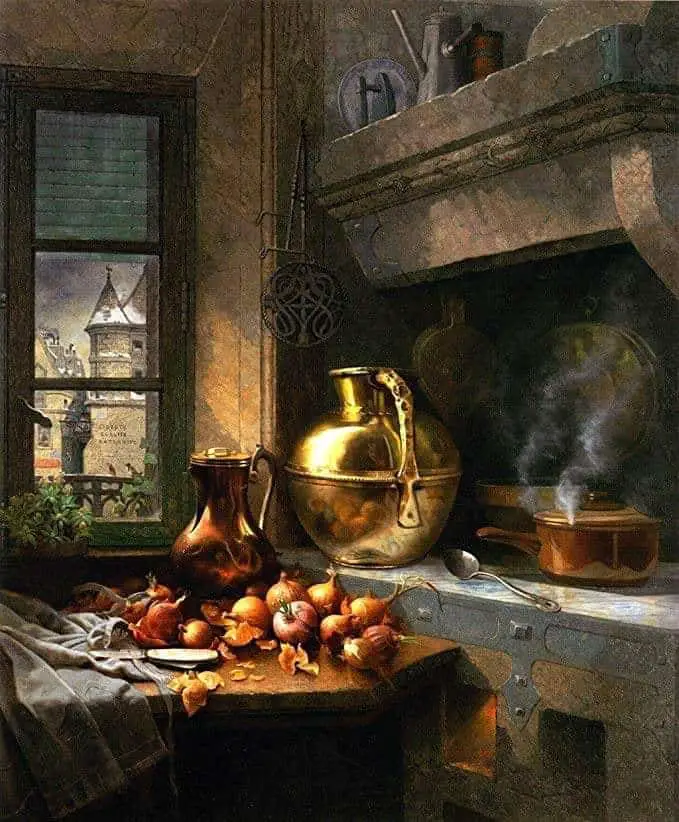-
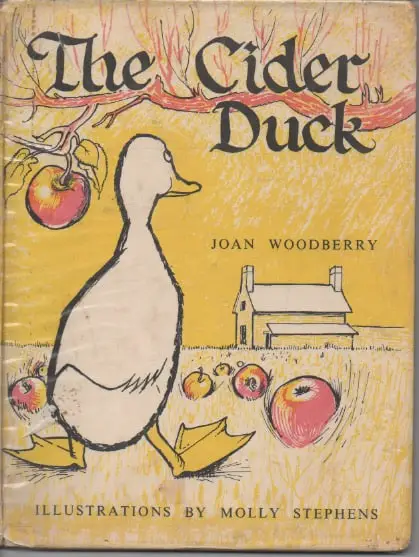
The Cider Duck by Joan Woodberry Analysis
The Cider Duck (1969) is an Australian picture book written by Joan Woodberry and illustrated by Molly Stephens. ABOUT THE AUTHOR AND ILLUSTRATOR Joan Woodberry (1921-2010) was an influential, widely-travelled Tasmanian feminist whose efforts made women’s lives palpably better in Tasmania. Finding information on Molly Stephens is a little more difficult partly because she was…
-

A Continuum of Imaginative Powers
I enjoy stories about characters with wild imaginations, and that may partly explain why I love children’s books. From Where The Wild Things Are to highly symbolic fairytales to post-modern off-kilter realities, children’s literature is full of dreamscapes and fantastic journeys. But stories of imaginative power don’t end with childhood — there are many examples…
-
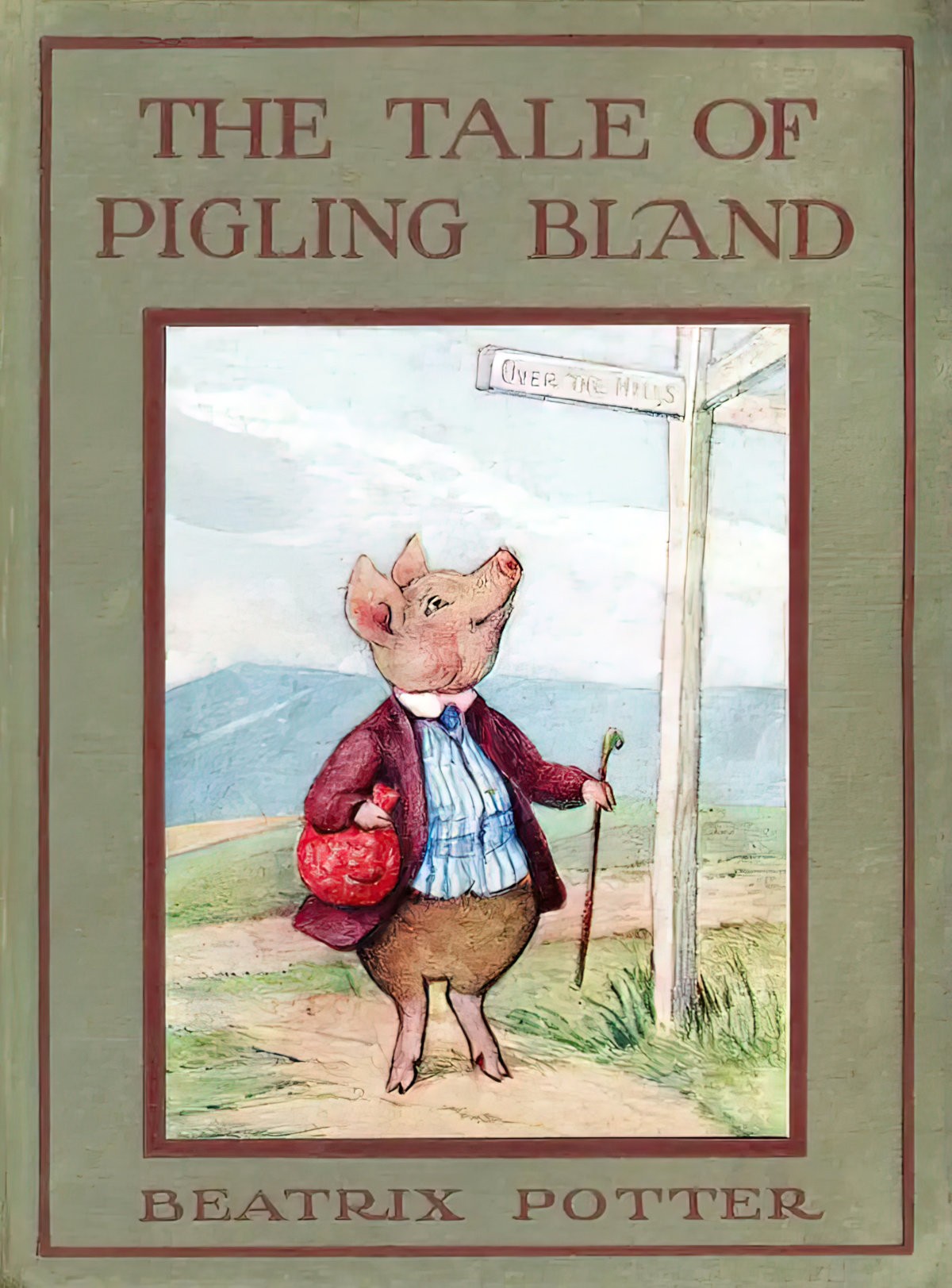
The Tale Of Pigling Bland by Beatrix Potter Analysis
As you read “The Tale of Pigling Bland” (1913) imagine Beatrix Potter sitting in a pig shed with her art gear and muck boots on, because that’s how she spent one summer, diligently rendering pigs (and then decking them out in clothes). Apparently she struggled to knock this one out. She’d had a big year.
-
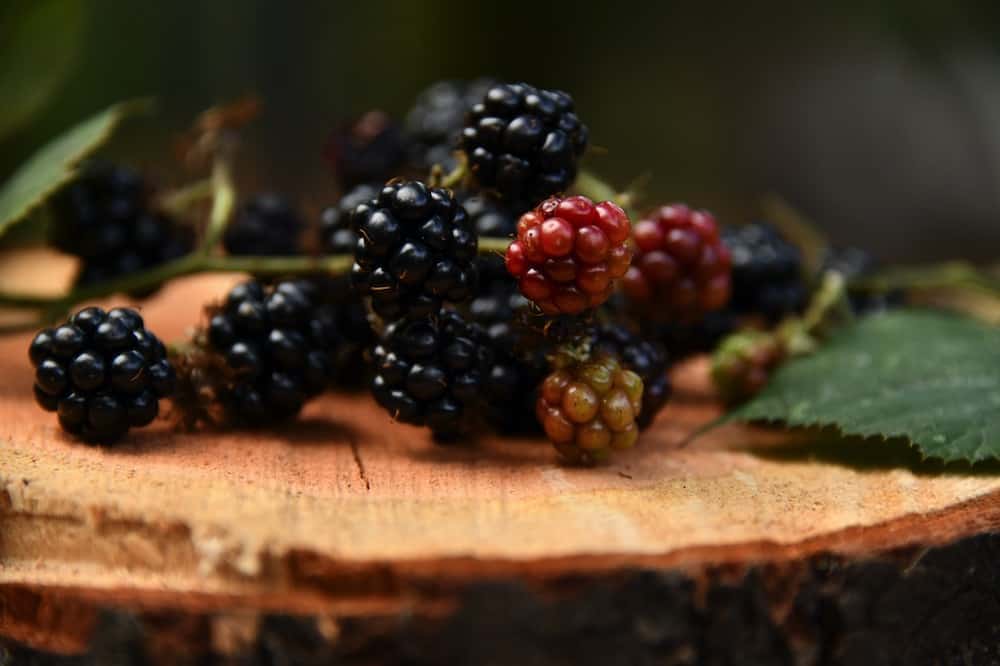
Blackberries by Thomas Kenneally Short Story Analysis
“Blackberries” is a short story by Thomas Keneally, included in an anthology I got free when buying another book at Dymocks back in 2009. Allen and Unwin have since released a number of short stories from big name Australian authors as eBooks, including “Blackberries”, available for a couple of bucks each.
-
Singing My Sister Down by Margo Lanagan Analysis
“Singing My Sister Down” is a horror short story by Australian author Margo Lanagan. Find it in Lanagan’s collection Black Juice, published by Allen and Unwin. Black Juice was published in 2004, but “Singing My Sister Down” has proven especially resonant with readers, anthologised numerous times since. “Singing My Sister Down” is now a modern Australian…
-
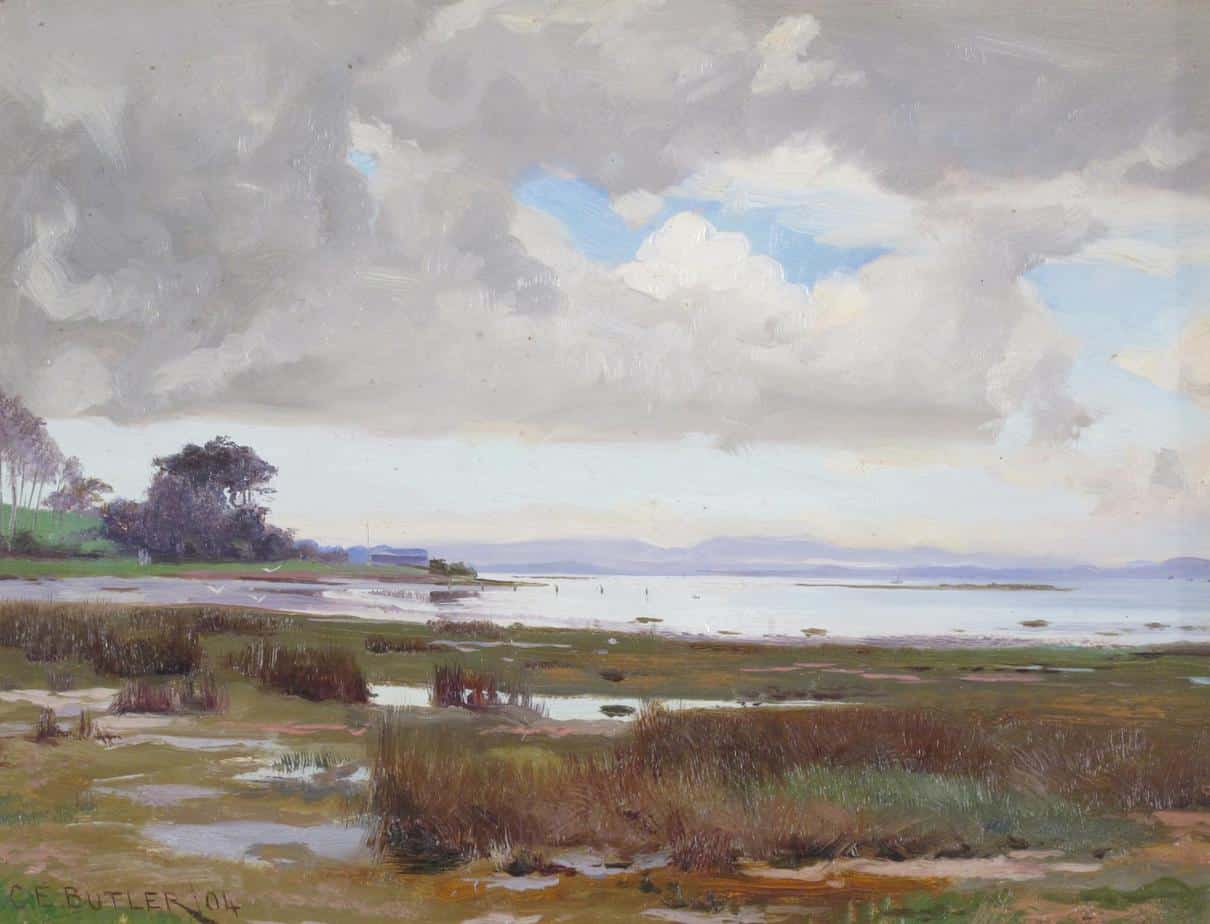
Swamps, Marshes, Quicksand And Sinking In Storytelling
Here’s one little-known aspect of existing as a Gen X — the fear of sinking to death in sand. Perhaps you escaped this particular horror if your television exposure was moderated, but I’ve asked around, and I’m not the only child of the 80s to approach wet, sandy areas with extreme caution. Films and cartoons…
-
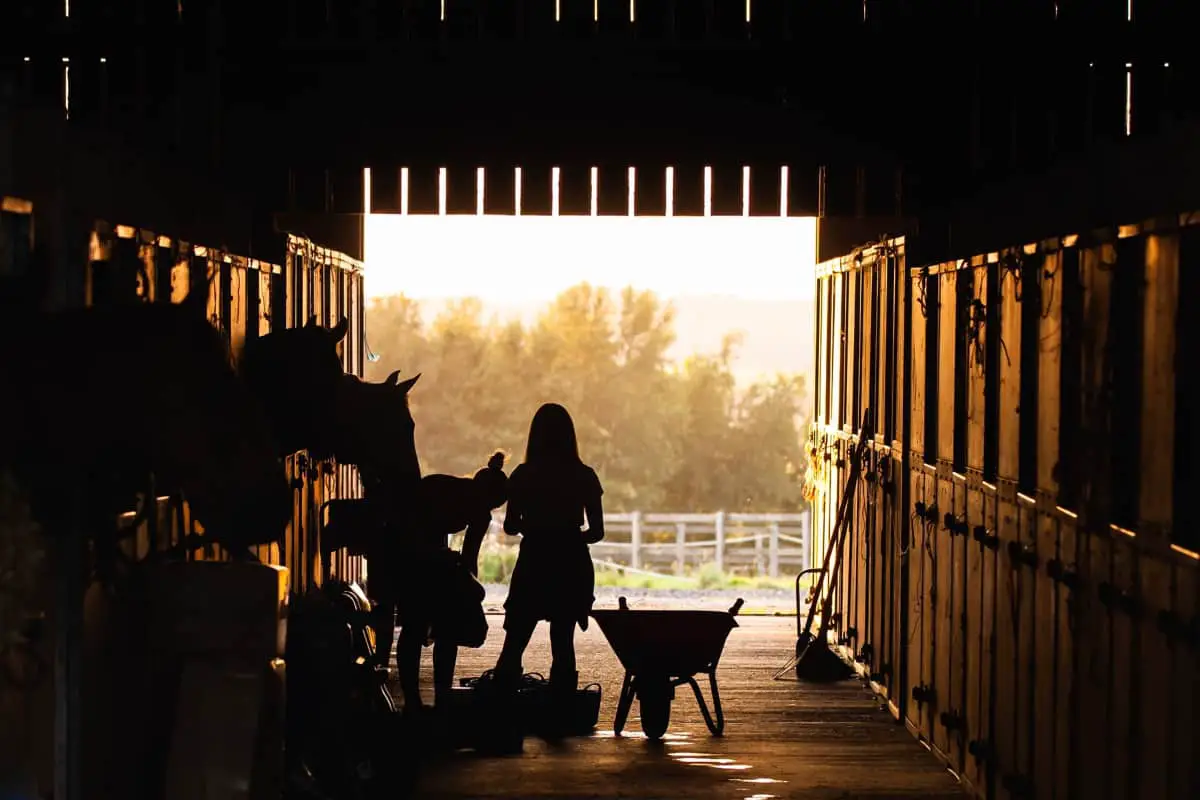
A View Of Mount Warning by Robert Drewe Analysis
“A View Of Mount Warning” is an Australian short story by Robert Drewe, and can be found in his collection The True Colour Of The Sea (2018).
-
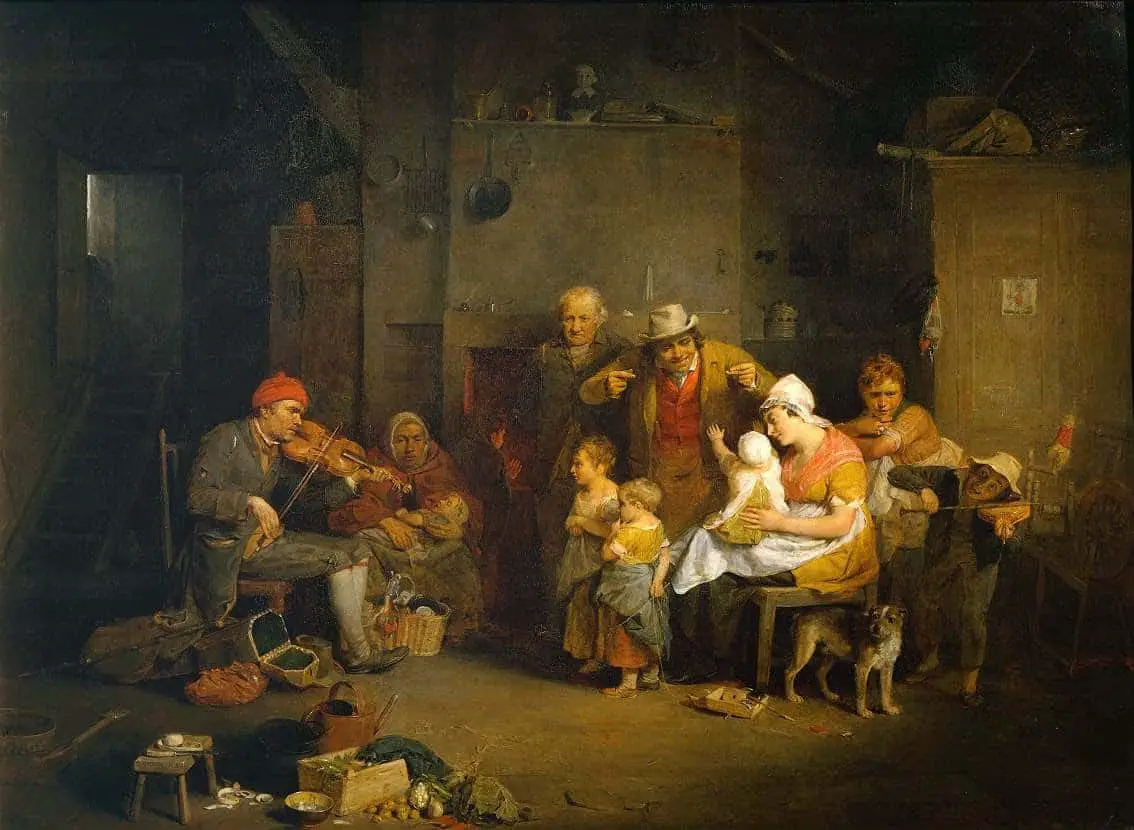
The Symbolic Basement In Fiction
In Gaston Bachelard’s Symbolic Dream House, you probably shouldn’t go down to the basement, ever. I mean it. Nothing good ever happens down there. The basement is the house version of a fairytale forest — a descent into the subconscious. We can’t control our subconscious. That’s what makes it scary. EXAMPLE ONE: BASEMENTS AND BEREAVEMENT…
-
Creative Writing Prompts from Photos
TIPS FOR USING IMAGES AS WRITING PROMPTS from @DoWise Go beyond the picture; use it as a stimuls; don’t be constrained by it. Start with a wide focus and then zoom in on specific details Flashback and then jump forward if it fits your narrative to do so Craft the way you start some of…
-
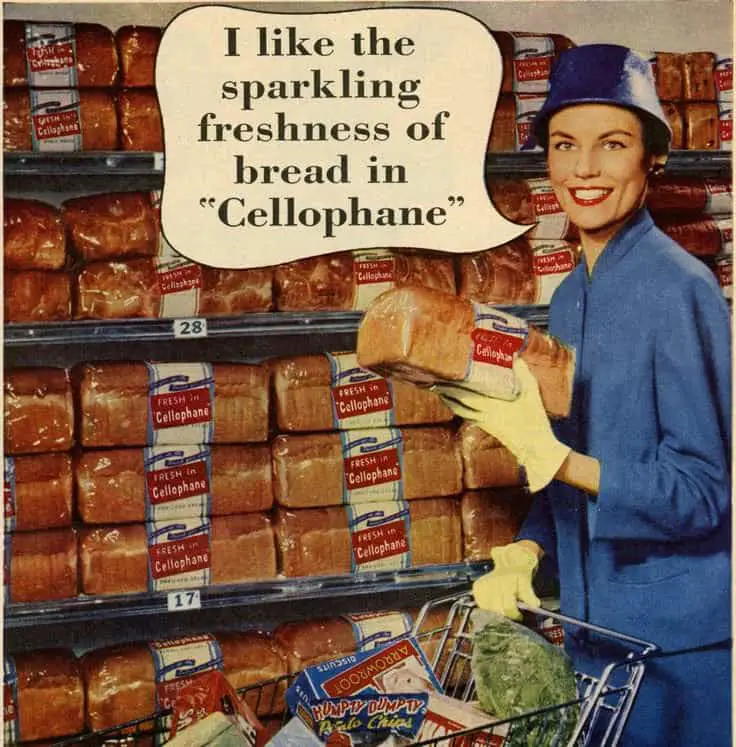
Unexpected Detail In Fiction
Some of the most powerful details in fiction are the ones we don’t expect. We might call this ironic detail, or perhaps we should just stick with ‘surprise’. Good stories are all about surprise. A huge amount of information about character and backstory can be conveyed through small detail. Sarah Waters Good writing is specific…
-

Emotion in Storytelling: Unexpected responses
Storytellers can manage audience emotions by writing characters who do — and feel — the unexpected. In doing so, writers can subvert common emotional tropes to great effect. Why is this technique necessary and so effective? A major element of good storytelling is surprise. The writer’s characters must stand before us with a wonderful clarity,…
-
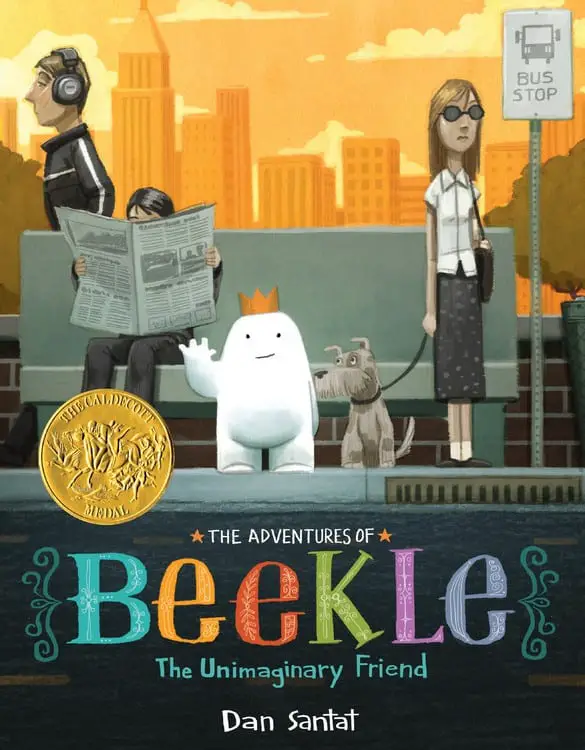
The Adventures Of Beekle by Dan Santat Analysis
The Adventures of Beekle is a picture book by Dan Santat and winner of the 2015 Caldecott Medal. Santat’s picture books make excellent close-reading examples for discussion about colour as it relates to emotion. The New York Times compares Beekle to Where The Wild Things Are by Maurice Sendak. I see many similarities between Beekle…
-
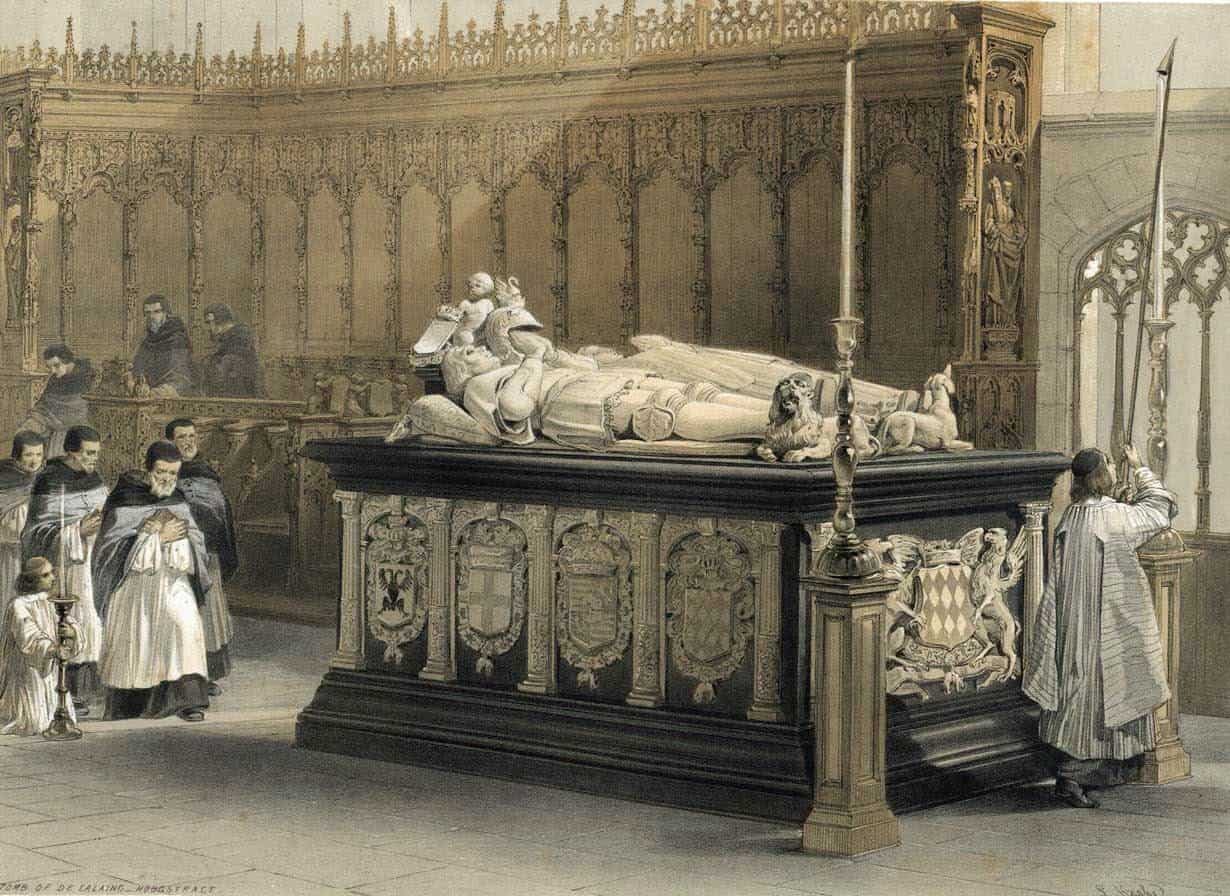
Man-Size In Marble by Edith Nesbit Analysis
“Man-Size in Marble” (1893) is a gothic short story by Edith Nesbit. You can read it at Project Gutenberg, as part of Nesbit’s Grim Tales collection. This tale is her most widely anthologised short story. What must it be like to be ahead of one’s time? It’s happened to scientists over the years. The guy…
-

Symbolism and The Scarlet Ibis by James Hurst Short Story Analysis
What can I say about “The Scarlet Ibis” that isn’t on Wikipedia? This 1960 short story is loved by English teachers because of its clear literary symbols — a good introduction to symbolism, especially to colour symbolism. COLOUR SYMBOLISM Students can be highly suspicious of close reading when teachers talk about colours and their symbolism. Colours…
